How to make a simple Bolognese
Bolognese, bolognaise, ragù, spag bol. Whatever you call it, there’s a good chance it’s a staple in your weekly cooking. But instead of treating it like an afterthought for a speedy dinner, there’s a fine art to making this humble dish shine. We’re breaking down how to make the best Bolognese yet. By Jess Spiro
What is Bolognese?
If this feels like a rhetorical question, we apologise, but we’d be remiss if we didn’t start this piece with a little explainer. It’s fairly well understood that Bolognese is Italian, but within Italy, the correct name for it is ragù alla Bolognese. Ragù refers to a meat-based sauce, often slow-cooked, and served with pasta. The Bolognese here is important as it relates to the specific style of ragù common in Bologna, a city in northern Italy. Interestingly, a classic ragù alla Bolognese contains white wine, milk and a small amount of tomato paste. Outside Italy, Bolognese has come to mean a tomato-based sauce, mostly made with beef or pork mince.
Where does spaghetti Bolognese come from?
Another fun fact about Bolognese is that in Italy (or Bologna, specifically) it’s rarely served with spaghetti. Instead, it’s mostly served with flatter tagliatelle. The origins of using spaghetti in place of tagliatelle are unclear, but it’s believed to be influenced by Italian emigrants to America. The presence of tomatoes in this version also suggests the dish has influences from southern Italy, specifically Naples.
A few flavour-boosting tips
While our version of Bolognese might not be the most traditional (sorry, Italians!), it’s a pretty simple method to making a full-flavoured sauce. To add to this flavour, you can throw in a Parmesan rind along with the tomatoes. This will add a nutty umami flavour and increase the richness of the sauce. When it comes to tomatoes, people assume they’re very acidic and often add a pinch of sugar to neutralise them. While this isn’t a bad thing, it’s better to wait until the very end of the cooking process before adding sugar. Not only will the tomatoes mellow as they cook, but their acidity is often countered by the fat in olive oil, butter or, in most cases, beef mince. So, rather wait until you check the seasoning just before serving to see what that acidity is like, while remembering that some acidity is good. While we’re on the subject of tomatoes, make like Jamie Oliver and fill the empty tomato can with water. Not only is this a good way of ensuring you get every last bit of tomato out, but this tomatoey water is a good stand-in for stock. While some recipes call for stock, it’s not entirely necessary. Lastly, if you find your final result is very bland, all is not lost. Adding a teaspoon or two of Marmite or Bovril will help bump up the meatiness of the dish. Similarly, a generous splash of Worcestershire or soya sauce can help, too (Italians, avert your eyes!).
Now that’s settled, here’s how to make a simple Bolognese
Like any other braised meat dish, a Bolognese is made from a base of diced onions, celery and carrots – called a soffritto – to which beef mince and either tomatoes or tomato paste are added. Find some of our favourite Bolognese recipes, as well as our step-by-step below for a basic explainer.
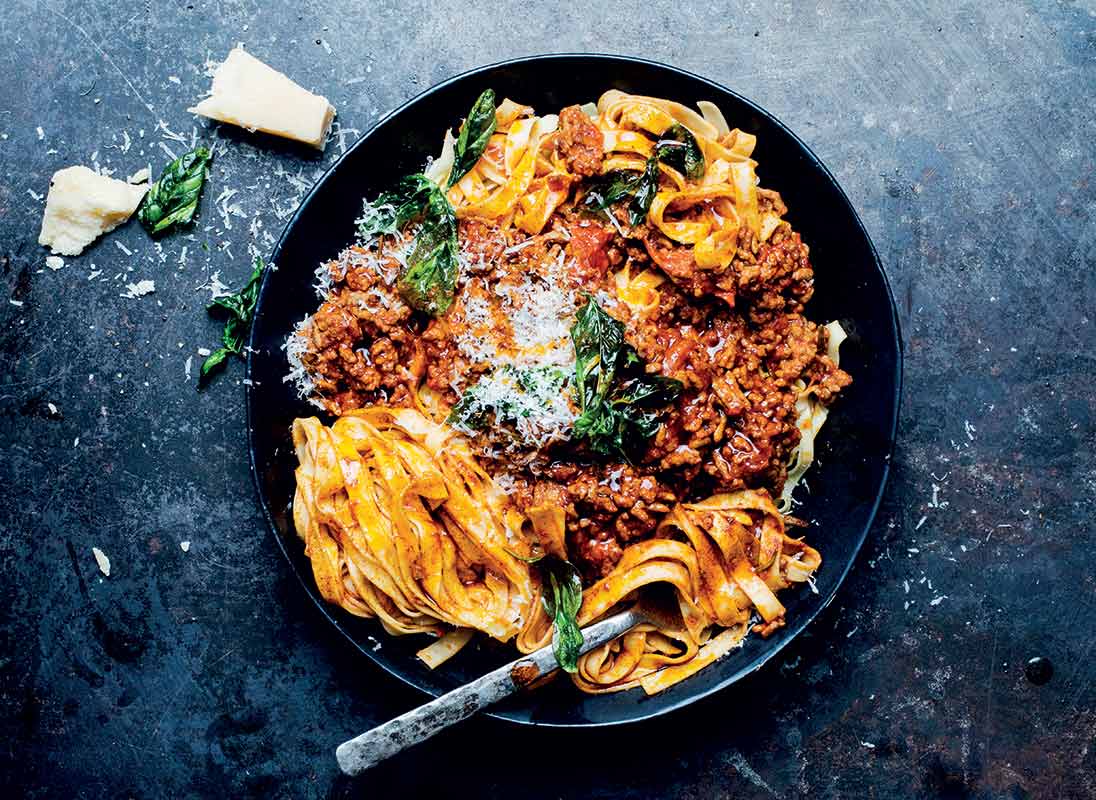 Get the recipe for Kayla-Ann Osborn’s gran’s Bolognese here.
Get the recipe for Kayla-Ann Osborn’s gran’s Bolognese here.
Method
Add a good glug of olive oil to a large pot and place over a very high heat. Add 500 g beef mince (in batches if necessary to avoid it stewing) and brown all over. Season with salt and pepper and remove from the pan.
Using the same pan, add another drizzle of olive oil and place over a low heat. Add 2 finely chopped onions, 2 peeled and finely chopped carrots and 2–3 chopped sticks of celery and cook until softened. Add 3 cloves of chopped garlic.
Once the soffrito is cooked, increase the heat and deglaze the pan with 1/2 cup red wine (or use water if you prefer). While the alcohol cooks away, scrape all around the bottom of the pan to ensure you lift up any browned bits.
Return the browned mince to the pan, along with 1 x 400 g can whole peeled tomatoes. Fill the tomato can with water and add to the mince. If you like, you can use stock, but it’s not necessary. Add a few sprigs of rosemary and bring to the boil, then reduce to a gentle simmer.
Cook over a medium heat (you want a consistent, gentle bubble – not a full on rolling boil), stirring occasionally, for about an hour, or until you have a thick sauce. Season to taste and serve with cooked pasta.

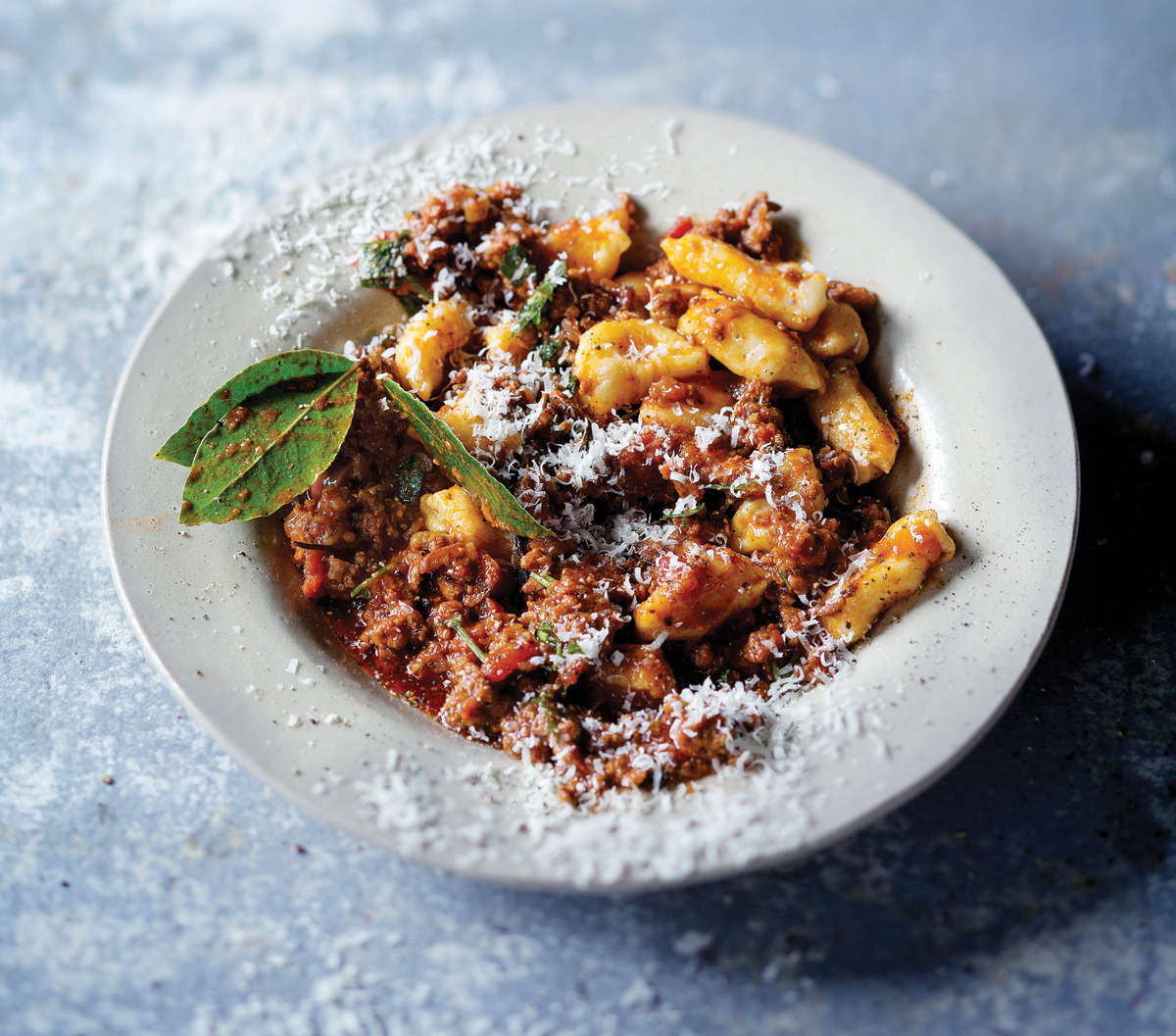 Get the recipe for Bolognese with gnocchi here.
Get the recipe for Bolognese with gnocchi here. Get the recipe for pressure cooker Bolognese here.
Get the recipe for pressure cooker Bolognese here.
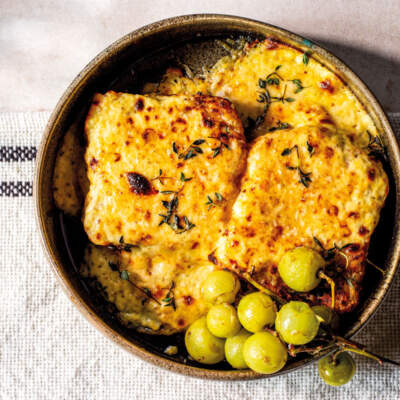

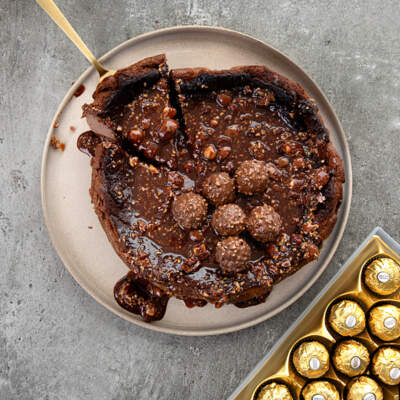

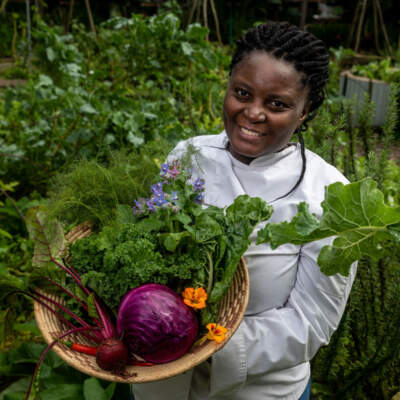
I like this.